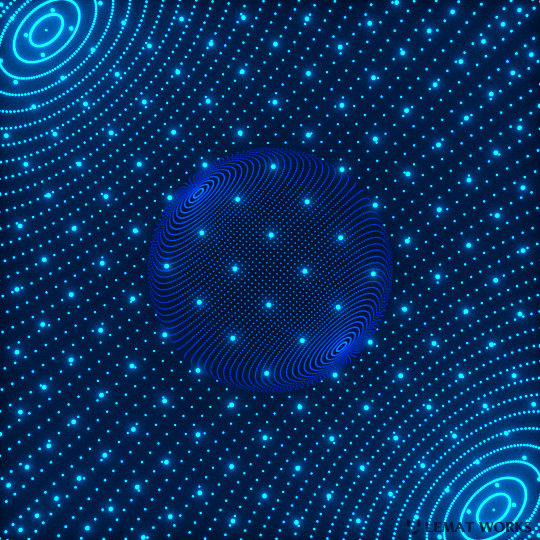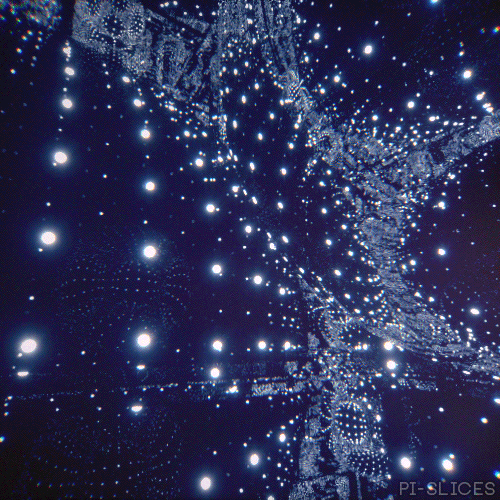View These Celestial Beauties Taken By The Hubble Space Telescope And Released As A Set Of Views In A
View these celestial beauties taken by the Hubble Space Telescope and released as a set of views in a modern day “Messier Catalog."
Spotting comets was all the rage in the middle of the 18th century, and at the forefront of the comet hunt was a young French astronomer named Charles Messier. In 1774, in an effort to help fellow comet seekers steer clear of astronomical objects that were not comets (something that frustrated his own search for these elusive entities), Messier published the first version of his “Catalog of Nebulae and Star Clusters,” a collection of celestial objects that weren’t comets and should be avoided during comet hunting. Today, rather than avoiding these objects, many amateur astronomers actively seek them out as interesting targets to observe with backyard telescopes, binoculars or sometimes even with the naked eye.
Hubble’s version of the Messier catalog includes eight newly processed images never before released by NASA. The images were extracted from more than 1.3 million observations that now reside in the Hubble data archive. Some of these images represent the first Hubble views of the objects, while others include newer, higher resolution images taken with Hubble’s latest cameras.
Learn more: https://www.nasa.gov/content/goddard/hubble-s-messier-catalog
Make sure to follow us on Tumblr for your regular dose of space: http://nasa.tumblr.com.
More Posts from Epic-flight and Others

Another oldie from my draft folder. I’d like to do a mass deletion of 99% of my unposted drafts.

During descent

The Lively Center of the Lagoon Nebula : The center of the Lagoon Nebula is a whirlwind of spectacular star formation. Visible near the image center, at least two long funnel-shaped clouds, each roughly half a light-year long, have been formed by extreme stellar winds and intense energetic starlight. A tremendously bright nearby star, Herschel 36, lights the area. Vast walls of dust hide and redden other hot young stars. As energy from these stars pours into the cool dust and gas, large temperature differences in adjoining regions can be created generating shearing winds which may cause the funnels. This picture, spanning about 10 light years, combines images taken in six colors by the orbiting Hubble Space Telescope. The Lagoon Nebula, also known as M8, lies about 5000 light years distant toward the constellation of the Archer (Sagittarius). via NASA

Produced by LEMAT WORKS
Dot Planet1 2 3 4 5 6 7 8 9 10 11 12 13 14 15 16 17 18 19 20 21 / Twinkle Night3 15 17 22 27 29 / LEMAT LINK / Behance(High Resolution)✨

USS Sulaco Military Starship
Movie: Aliens UI Design: Fantasy II Film Effects, L.A. Effects Group, Stan Winston Studio



David A. Hardy

Iapetus, moon of Saturn, observed by the Cassini probe on September 10, 2007, from a distance of about 73,000 kilometers.

Light Spheres - 210315
-
 zzz-040302 liked this · 8 months ago
zzz-040302 liked this · 8 months ago -
 unamentole liked this · 1 year ago
unamentole liked this · 1 year ago -
 vxbahec reblogged this · 4 years ago
vxbahec reblogged this · 4 years ago -
 epic-flight reblogged this · 4 years ago
epic-flight reblogged this · 4 years ago -
 ultra-lazilyfantasticstuden-blog liked this · 4 years ago
ultra-lazilyfantasticstuden-blog liked this · 4 years ago -
 twosoulsincarpenoctem liked this · 4 years ago
twosoulsincarpenoctem liked this · 4 years ago -
 nebulosachaotica liked this · 5 years ago
nebulosachaotica liked this · 5 years ago -
 arczne liked this · 5 years ago
arczne liked this · 5 years ago -
 greeenphent reblogged this · 5 years ago
greeenphent reblogged this · 5 years ago -
 c-o-s-m-o-o-n reblogged this · 5 years ago
c-o-s-m-o-o-n reblogged this · 5 years ago -
 tremendousvoidfiregarden reblogged this · 5 years ago
tremendousvoidfiregarden reblogged this · 5 years ago -
 tremendousvoidfiregarden liked this · 5 years ago
tremendousvoidfiregarden liked this · 5 years ago -
 kathelia007 reblogged this · 5 years ago
kathelia007 reblogged this · 5 years ago -
 kathelia007 liked this · 5 years ago
kathelia007 liked this · 5 years ago -
 snik123-blog liked this · 5 years ago
snik123-blog liked this · 5 years ago -
 mrcobraxl liked this · 5 years ago
mrcobraxl liked this · 5 years ago -
 w121249-blog liked this · 5 years ago
w121249-blog liked this · 5 years ago -
 vialexpro reblogged this · 5 years ago
vialexpro reblogged this · 5 years ago -
 vialexpro liked this · 5 years ago
vialexpro liked this · 5 years ago -
 mamlsworld-blog liked this · 5 years ago
mamlsworld-blog liked this · 5 years ago -
 handwerkstatt liked this · 5 years ago
handwerkstatt liked this · 5 years ago -
 jimmybear13 liked this · 5 years ago
jimmybear13 liked this · 5 years ago -
 colapso-18 liked this · 5 years ago
colapso-18 liked this · 5 years ago -
 casthrea liked this · 5 years ago
casthrea liked this · 5 years ago -
 rggsoccer1 liked this · 5 years ago
rggsoccer1 liked this · 5 years ago -
 ghostlineage liked this · 5 years ago
ghostlineage liked this · 5 years ago -
 spycopoth liked this · 5 years ago
spycopoth liked this · 5 years ago -
 spacenscience reblogged this · 5 years ago
spacenscience reblogged this · 5 years ago -
 sunsetsanfrancisco liked this · 5 years ago
sunsetsanfrancisco liked this · 5 years ago -
 redwitchrune liked this · 5 years ago
redwitchrune liked this · 5 years ago -
 bahu-benny liked this · 6 years ago
bahu-benny liked this · 6 years ago -
 praise-the-lord-im-dead reblogged this · 6 years ago
praise-the-lord-im-dead reblogged this · 6 years ago -
 praise-the-lord-im-dead liked this · 6 years ago
praise-the-lord-im-dead liked this · 6 years ago -
 makerofrunevests reblogged this · 6 years ago
makerofrunevests reblogged this · 6 years ago -
 makerofrunevests liked this · 6 years ago
makerofrunevests liked this · 6 years ago -
 freerebelpainterflap-blog liked this · 6 years ago
freerebelpainterflap-blog liked this · 6 years ago -
 navegandopor-mihistoria liked this · 6 years ago
navegandopor-mihistoria liked this · 6 years ago -
 navegandopor-mihistoria reblogged this · 6 years ago
navegandopor-mihistoria reblogged this · 6 years ago -
 froggjsh22 reblogged this · 6 years ago
froggjsh22 reblogged this · 6 years ago -
 f-loves-the-asians liked this · 6 years ago
f-loves-the-asians liked this · 6 years ago -
 desekilibrio liked this · 6 years ago
desekilibrio liked this · 6 years ago


